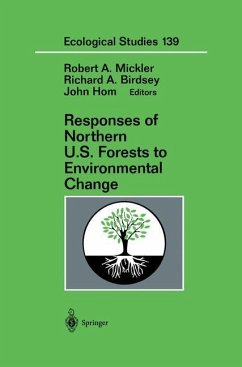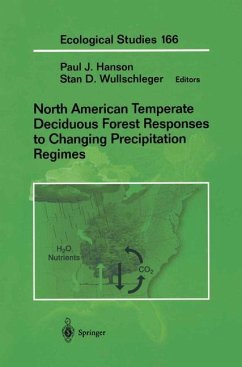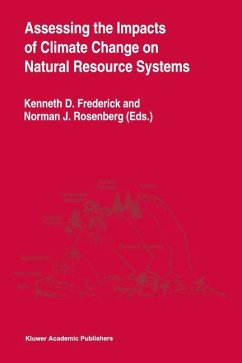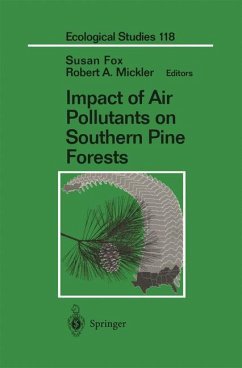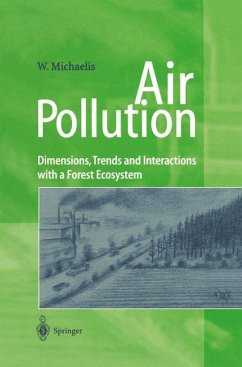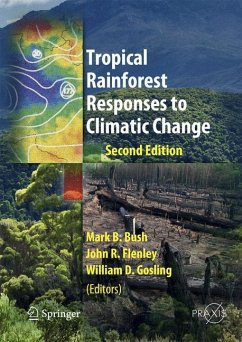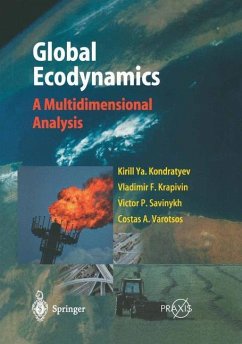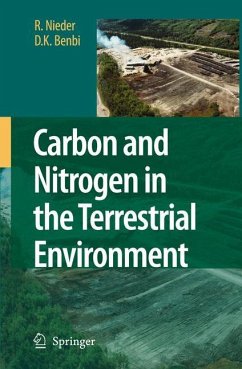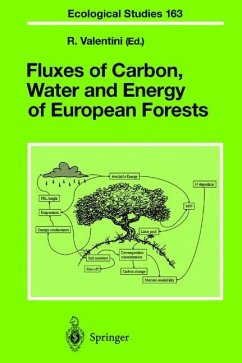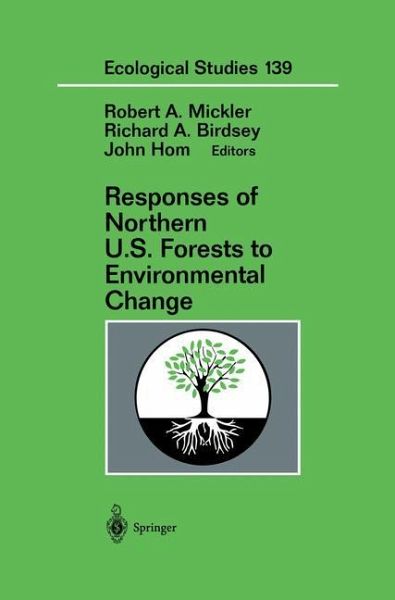
Responses of Northern U.S. Forests to Environmental Change
Versandkostenfrei!
Versandfertig in 1-2 Wochen
153,99 €
inkl. MwSt.

PAYBACK Punkte
77 °P sammeln!
The physical and chemical environmental changes associated with global change have increasingly affected the health and productivity of forest ecosystems. Among the important environmental changes manifested by intensive land use and natural disturbances in the Northeastern and North Central United States are escalating levels of atmospheric carbon dioxide, tropospheric ozone, deposition of nitrogen and sulfur compounds, acidic precipitation, and climate variability. This volume presents five years of research of the U.S. Department of Agriculture Forest Service's Northern Global Change Progra...
The physical and chemical environmental changes associated with global change have increasingly affected the health and productivity of forest ecosystems. Among the important environmental changes manifested by intensive land use and natural disturbances in the Northeastern and North Central United States are escalating levels of atmospheric carbon dioxide, tropospheric ozone, deposition of nitrogen and sulfur compounds, acidic precipitation, and climate variability. This volume presents five years of research of the U.S. Department of Agriculture Forest Service's Northern Global Change Program. This longterm research contributes to our understanding of the effects of multiples stresses on forest ecosystems over multiple spatial and temporal scales. At the physiological level, reports explore changes in growth and biomass, species composition, and wildlife habitat; at the landscape scale, the abundance distribution, and dynamics of species, populations, and communities are addressed. Chapters include studies of nutrient depletion, climate and atmospheric deposition, carbon and nitrogen cycling, insect and disease outbreaks, biotic feedbacks with the atmosphere, interacting effects of multiplestresses, and modeling the regional effects of global change. The book provides sound ecological information for policymakers and land-use planners as well as for researchers in ecology, forestry, atmospheric science, soil science and biogeochemistry.





